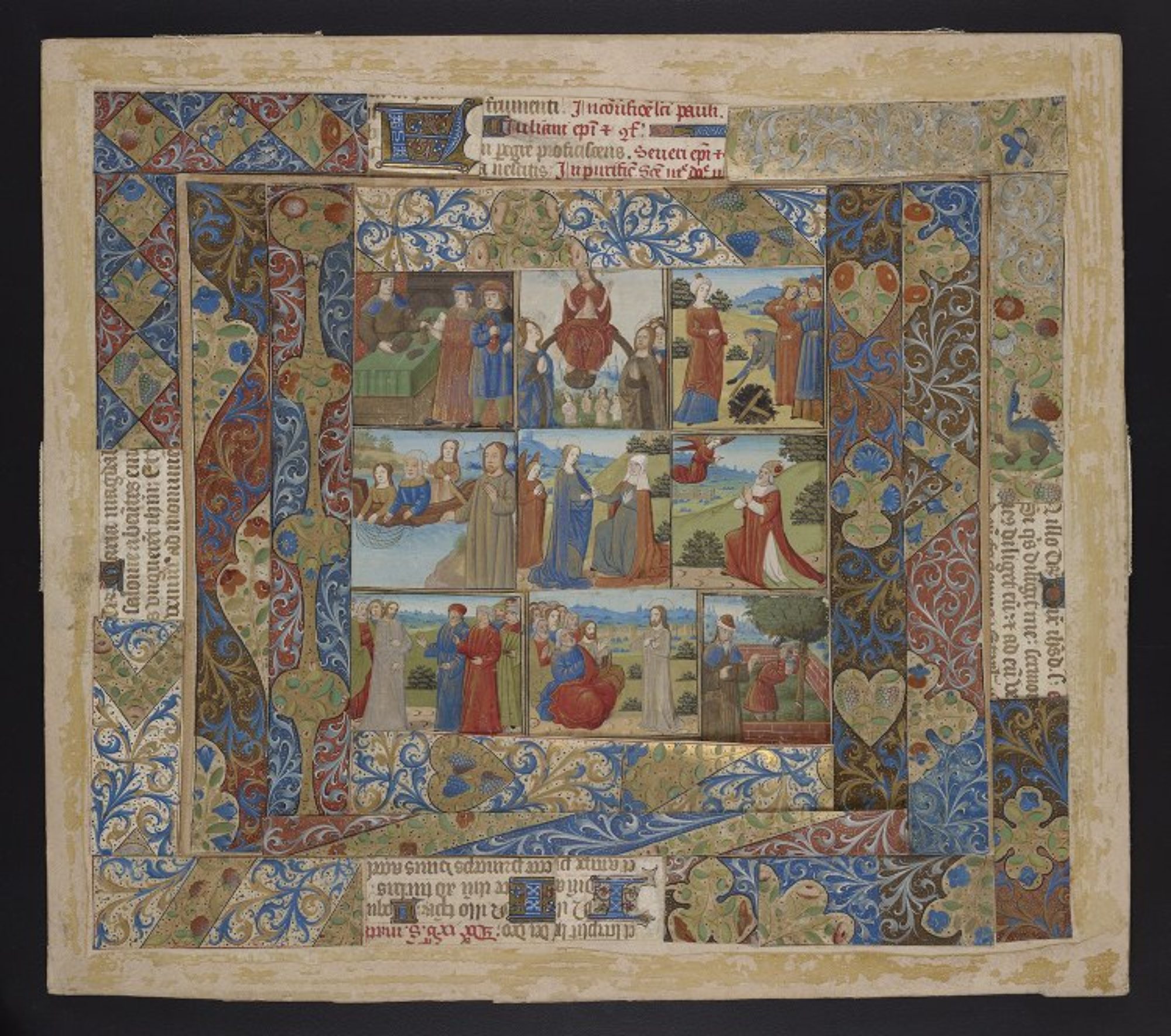Tumblr was borking so I am posting the show notes over here this week. Welcome to my blog!
Continue reading “IMFM Episode 15: Jo Koster on prayer, manuscript digitization, and women’s literacy in the middle ages”
Development in production

Development in production
Tumblr was borking so I am posting the show notes over here this week. Welcome to my blog!
Continue reading “IMFM Episode 15: Jo Koster on prayer, manuscript digitization, and women’s literacy in the middle ages”